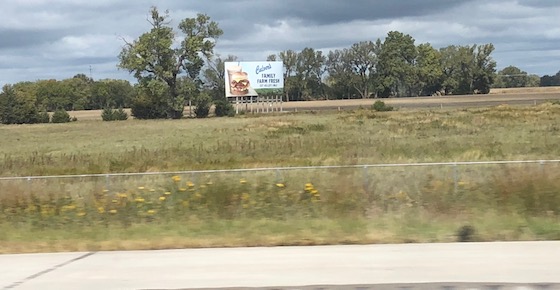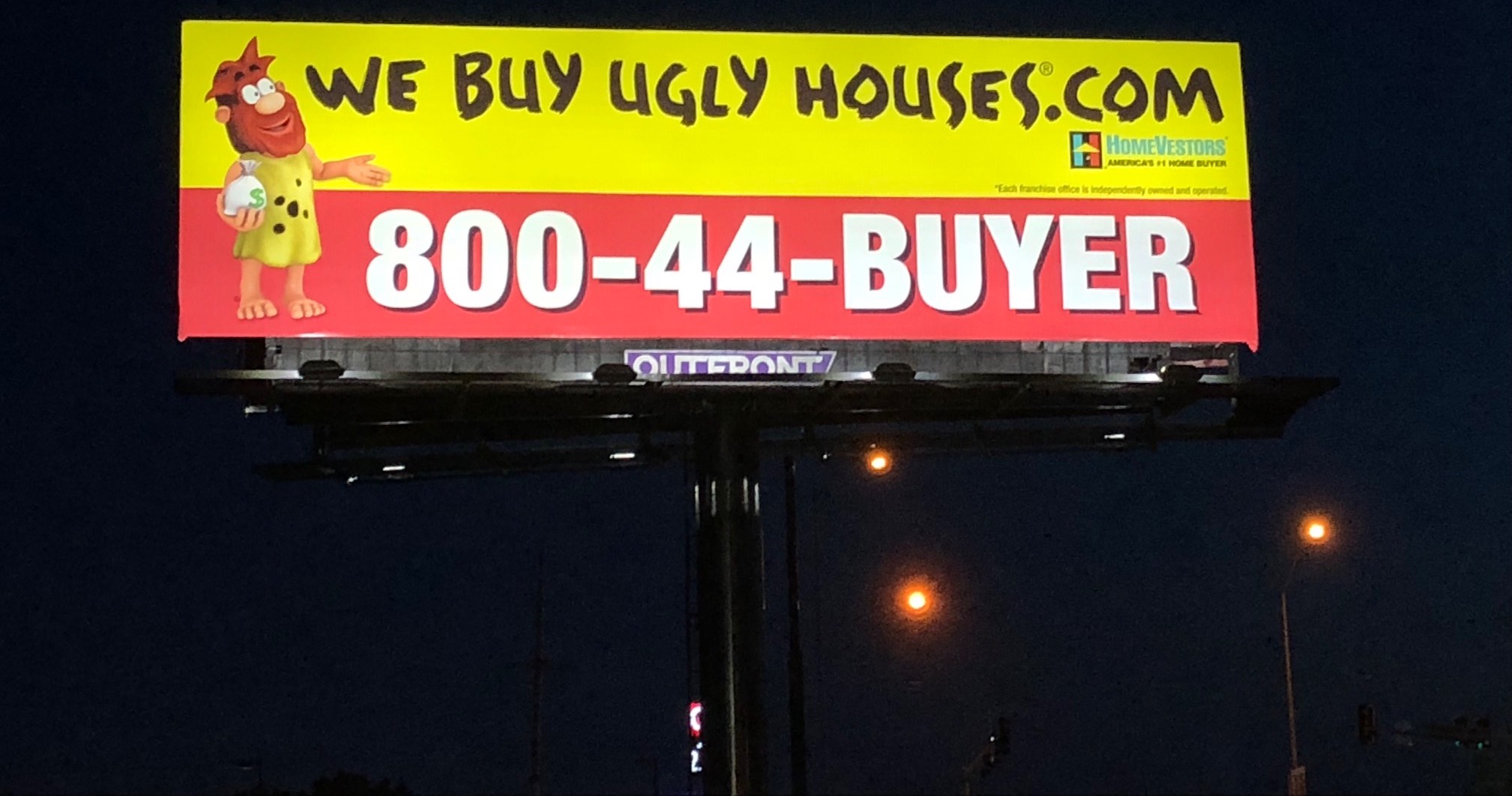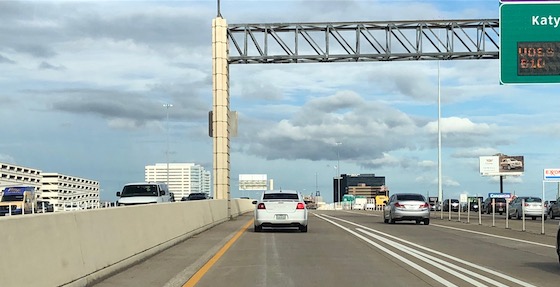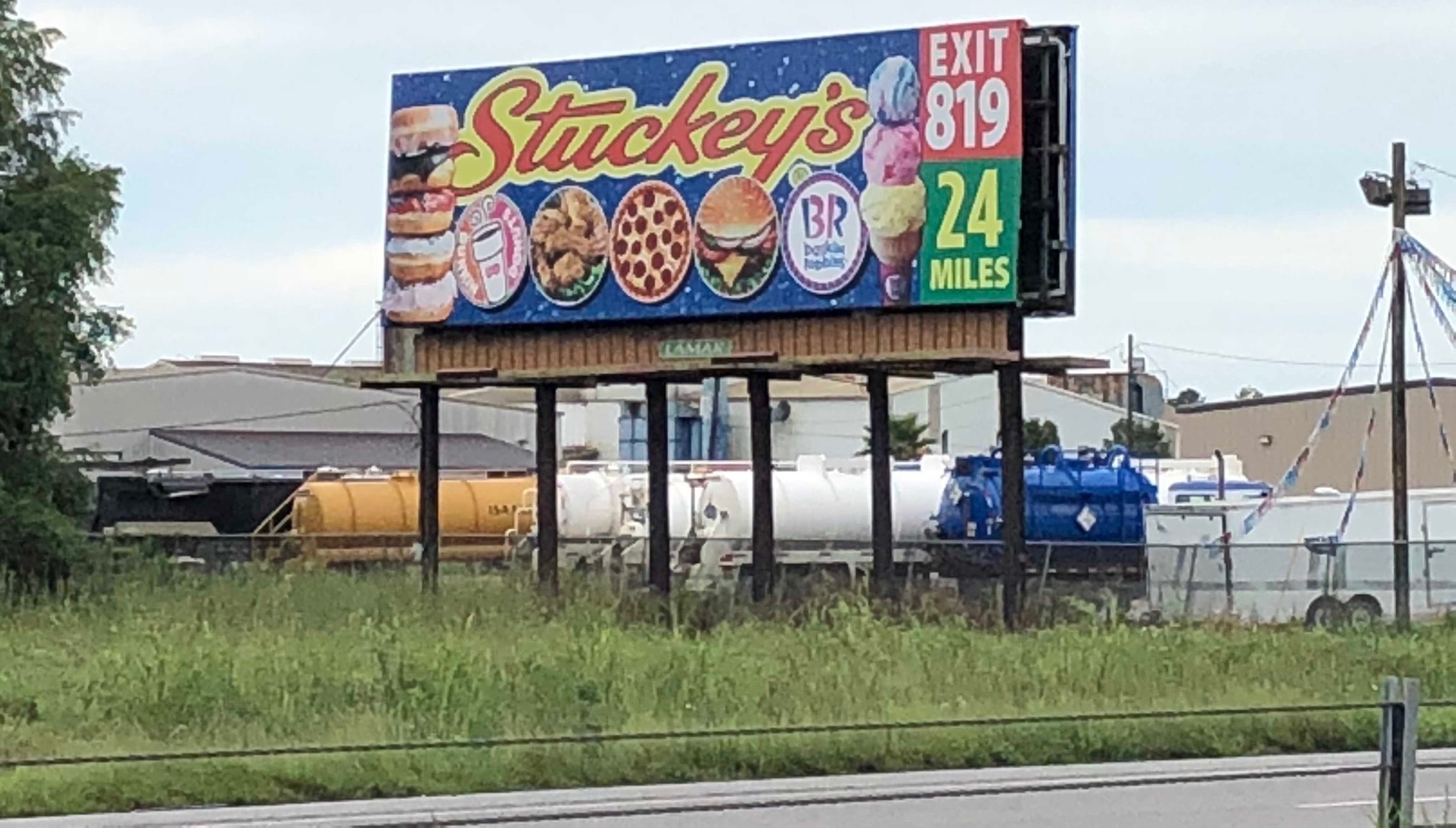Memo From Frank
On October 1, 1908, Henry Ford’s Model T went on sale in the U.S. What set Ford apart – and led to his ultimate dominance of the auto industry – was his focus on “standardization”. Other car manufacturers focused on building a custom, hand-built product while Ford wanted to be able to mass produce his cars and offer them at lower prices. To build them on an assembly line, he had to have every part identical so it required no hand fabrication. This same focus on standardization has been a big part of the billboard industry for decades. The signs all have standard sizes (14’ x 48’, 12’6” x 36’, etc.) standardized equipment like catwalks and safety cables, and standardized structure designs such as monopole, I-beams or wooden telephone pools. On top of that, there is a standardized federal law on billboards, as well as standardized state ordinances. Then you have the vinyl advertisements that come in standard sizes to fit the standard structures in those standard state locations. The moral to all of this is that all billboard owners are best off conforming to these standards. That makes all of your signs capable of fitting all conventional ad designs, as well as your signs in the right position to sell later to another company. Customization is fine in hot rods, but it’s a bad idea with billboards.
Why Is That Sign So Far Off The Highway? The Answer Is Also A Little-Known Opportunity

So you’re driving down the highway and you see this billboard hundreds of feet off of the road – all alone out in a field. There’s a secret to this type of sign, as well as a little-known opportunity that people have made a ton of money off of over the years. Here’s the inside story to this unusual business model.
It all started with the Highway Beautification Act …
In the 1960s, Ladybird Johnson headed an effort to restrict where billboards could go in the U.S. That law called The Highway Beautification Act regulated the spacing between billboards as well as the zonings that they are allowed in. However, to create the act, they had to select how far off the right-of-way the highway department controls. The distance selected was 660’. Beyond 660’ off of the highway right-or-way, the government effectively has no control. And that’s where the opportunity may exist.
Beyond those boundaries it’s the wild west
Once you get outside that 660’ envelope, there are no laws at all (but check your state rules to make sure that has not changed). The reason you don’t see many signs beyond that distance is that it’s too far off the road for most signs to be seen. It was a calculated gamble on the part of the government, who probably picked that distance because industry publications say that you cannot read a normal billboard from a distance greater than 500’. But there are still ways to get signs visible that far off the road.
Look for big, existing items to put an ad on
When you’re driving down the highway, do you ever notice “big things”. There’s someone I know that put an ad on a giant grain elevator in Colorado. It was greater than 660’ off the road but was still highly visible. Other items might be a large industrial building wall, or maybe a wall of storage containers like you frequently see in Houston. With the advent of vinyl “wrap” technology, you can put a billboard on almost anything – and you can get it printed in virtually any size.
And focus on areas where the demand is huge
There’s little point to putting a giant ad up in the middle of the desert. You need highly desirable locations with high traffic. More importantly, you want to be in areas that are illegal for normal billboard and highly upscale traffic. These are places where you can command big dollar rents and have a waiting list of customers.
Conclusion
It’s a tremendous opportunity if you focus on how to exploit the lack of control over property 660’ off the highway. While we all think of billboards as being highly controlled in supply, that power ends at a certain point and you can build billboards in really interesting niche markets that you thought were illegal to build in.
The Ultimate Billboard Boot Camp
![]() How to Find a Billboard Location
How to Find a Billboard Location
![]() How to Buy a Billboard
How to Buy a Billboard
![]() How to Build a Billboard
How to Build a Billboard
![]() How to Operate a Billboard
How to Operate a Billboard
![]() How to Rent Ad Space on a Billboard
How to Rent Ad Space on a Billboard
![]() How to Sell a Billboard
How to Sell a Billboard
Get Your Copy Now!
Why You Can Never Pre-Judge Some Advertisers

Back in the 1980s, I was approached by a potential advertiser that I thought was absolutely out of his mind. His business model was to buy homes in terrible condition for cash, to fix them up, and then flip them. At that time, the whole “home flipping” concept didn’t really exist. People bought homes for their own use, not to sell at a quick profit. Besides my concerns with the viability of this company, his office was a cheap “executive suite” (an office shared with others which was as low as you could go in the 1980s) and he was wearing a Hawaiian shirt in an era where most everyone wore a suit. I thought he would not be able to pay the bill and I would be screwed. However, I didn’t have any other customers at the time and he was better than nothing, so I took a gamble. His company, Homevestors, went on to become the largest player in the home flipping sector, with their slogan “We Buy Ugly Houses” known from coast to coast. The lesson learned is that you really can’t always pre-judge advertisers. Sometimes the people you think may fail go on to be highly successful. While it’s always safest to stick with “brand name” advertisers like McDonald’s and Holiday Inn, don’t turn up your nose to smaller customers.
Traffic Count 101

We all sit in traffic. Our nation’s highways are clogged with too many cars, and that’s great for billboard owners. Traffic counts are a huge part of measuring the desirability of any location. So how do you take advantage of this measuring tool.
Get a traffic count map
The starting spot to understanding traffic counts is by getting a traffic count map. So where do you get one? You state’s Department of Transportation should have these maps for any road of sufficient size. You can also get them from county or city government. Even developers pay for traffic counts near their developments, you can sometimes access these on the internet.
Understand the key
All traffic count maps have a “key” that tells you what the number means. Most are 24-hour two-way traffic. That means that you divide the number in half and that’s how many cars pass one side of your sign. However, not all maps have this same “key” and you need that to analyze the data.
Here’s the insider scoop
Here’s where the industry has taken a certain liberty. We all say that there are roughly two people in each car, so that traffic count number is “doubled” to reflect the actual number of viewers. When a billboard owner says that their sign reaches 100,000 viewers per day, that means it reaches 50,000 cars per day – and that reflects a 100,000 car 2-way count.
Conclusion
Traffic counts are a big part of selling your advertising space, as well as analyzing new locations to build. These tips will get you started in understanding how to use this tool.
How I Made Thousands With An Abandoned Restaurant Chain

Stuckey’s was one of the first and most dominant chains to offer food along the nation’s highway system. It flourished in an era before McDonalds. But, over the years, many of these fine restaurants shut down. I found and bought several Stuckey’s signs in Texas years ago for a tiny amount of money, and I then rented them out and later sold them for thousands of dollars of profit. So how can you do that, too?
Stay alert to landmarks that have gone out of business
When you see a roadside attraction close down – or notice a billboard for any business that no longer exists – that may represent an opportunity. In the case of these Stuckey’s signs in Texas, those restaurants had shut down years ago but the signs were still up. I realized that they were only still there because the restaurant had forgotten to chop them down.
Contact them to see if they would sell you their signs
I contacted Stuckey’s and inquired if they would sell their signs, which they agreed to do for about $500 each. Most of these old wooden signs are not owned by a sign company but instead by the business owner. Since they don’t need the advertising, they don’t need the signs anymore. How much should you pay? Considering that a wooden sign costs around $2,000 to $4,000 to build, any price of $1,000 or less is typically a bargain.
If they are already shut down, see if you can take over the sign from the landowner
In come cases, the owner of the sign is long gone, and yet the sign sits along the highway still. In these cases, the sign owner stopped paying rent to the landowners normally, and it’s still there because the land owner has no interest in the time, money or energy to remove it. In those cases, you would negotiate a new ground lease that includes you taking over possession of the sign, since it would be assumed that the landowner is the new owner through abandonment laws.
Conclusion
There is big opportunity in situations where a long-term business shuts down and leaves its billboards behind. This should give you the background of the science of harnessing the opportunity.
